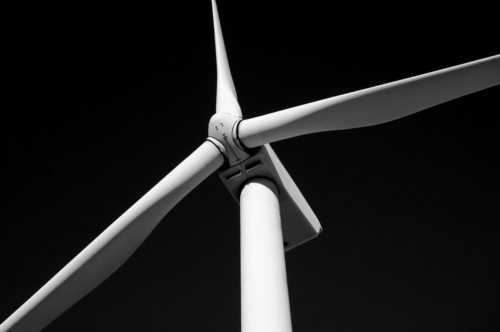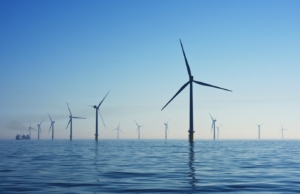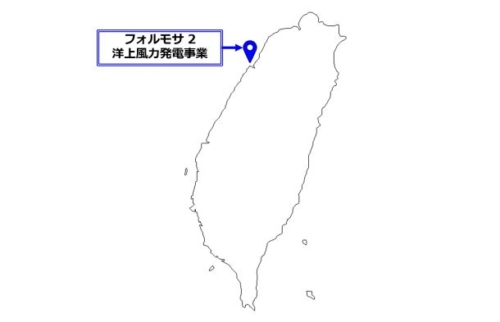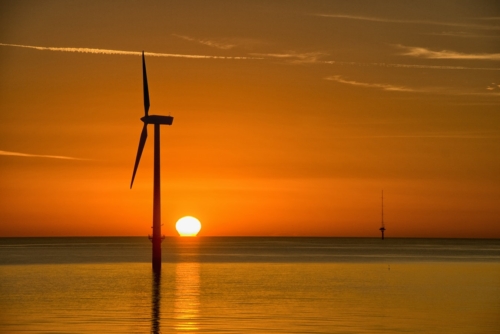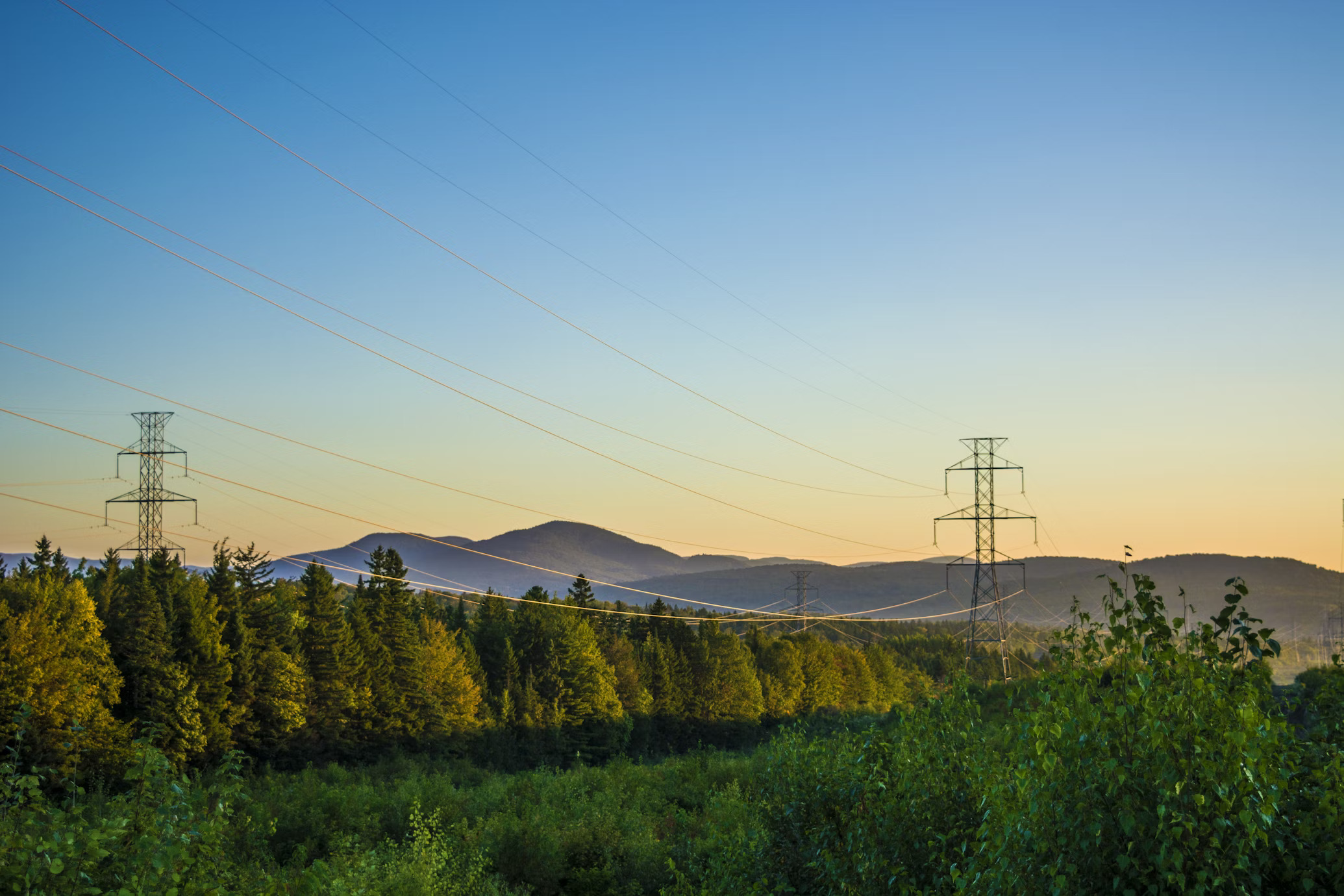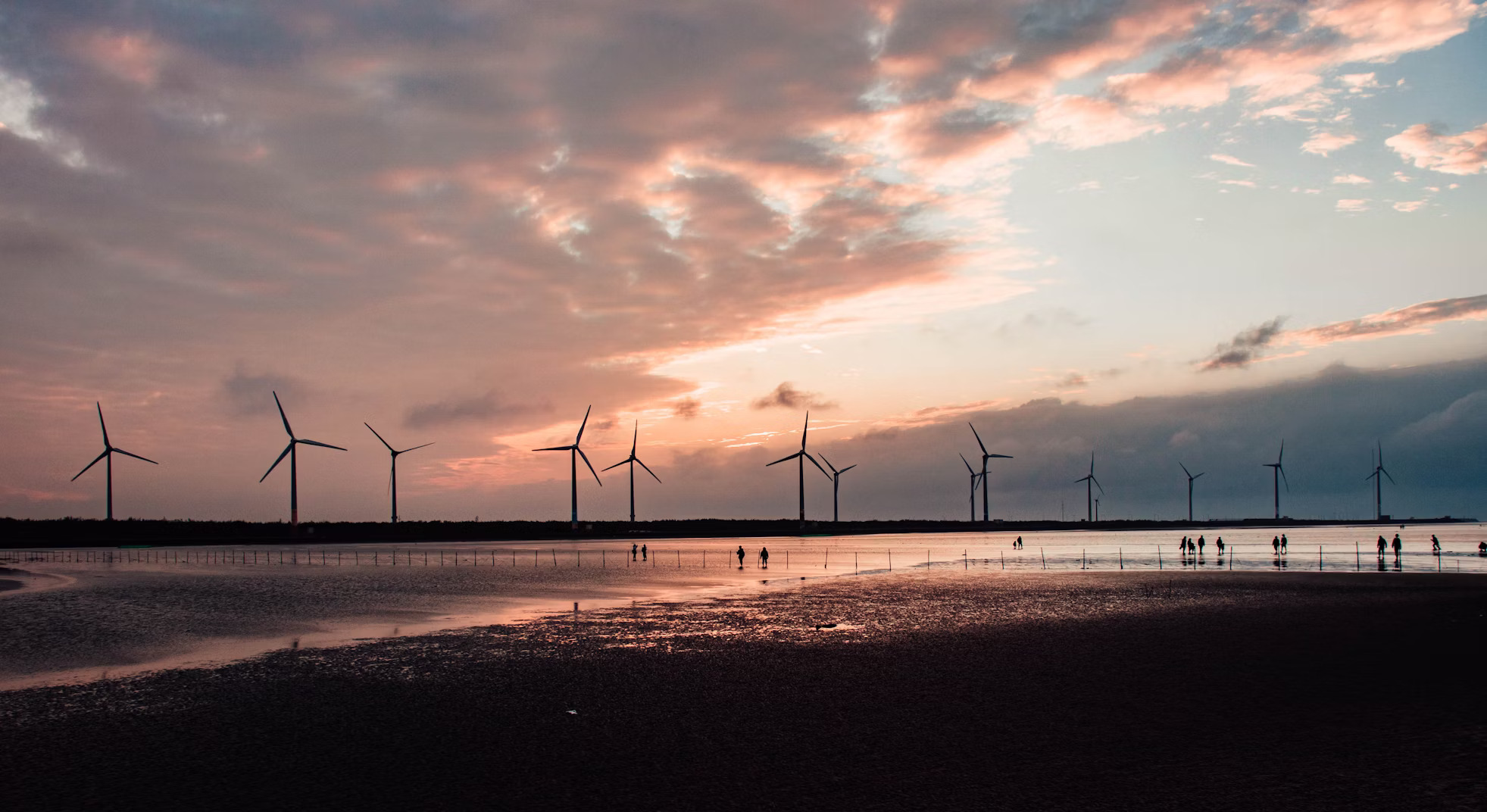2024.04.25
【Article】Amendment of Port and Harbor Act – Focusing on Trends in Offshore Wind-power Generation Business
2020.01.25 ナレッジ
2. Background to amendment of the Port and Harbor Act
(1) Background to introduction of a system for designation of base ports and a lease system for public property that constitutes an Offshore Energy Handling Wharf
The Law Relating to Promoting the Use of Sea Areas Concerning the Introduction of Offshore Renewable Energy Power Generation Facilities, which came into force on April 1, 2019 (the ”Offshore Renewable Energy Usage Act”), sets out, among other rules, the rules for private use of general sea areas for implementation of renewable energy business, particularly offshore wind-power generation business. The government has positioned renewable energy as its main power source, and, among others, offshore wind-power generation is an especially important power source since lands suitable for onshore wind-power generation projects are limited, and the government was to take further measures to promote the introduction of offshore wind-power generation business (see the Fifth Basic Energy Plan determined by the Cabinet on July 3, 2018). The above-mentioned Offshore Renewable Energy Usage Act has been passed and enacted in response thereto.
The above-mentioned introduction of rules for general sea areas for offshore wind-power projects has been expected to promote the introduction of offshore wind-power generation business within general sea areas. Thus, the need to introduce a system aiming at achieving long term and stable usage of wharves in order to handle the colossal and weighty materials and equipment relating to offshore wind-power generation facilities, which is the said background leading to the Amendment, has grown even more ever since.
The detail of the above mentioned system is as follows: the Amendment will establish a system wherein the government will (i) designate a Base Port and Harbor for the transportation of necessary personnel and goods, and (ii) lease wharves and other port facilities inside the Base Port and Harbor to power generation business operators (Article 2-4 of the Amended Port and Harbor Act) in relation to (i) offshore renewable energy facilities defined in Article 2, Section 2 of the Offshore Renewable Energy Usage Act as well as (ii) facilities and structures contributing to the use of renewable energy sources (Article 2, Section 4 of Act on Special Measures Concerning Procurement of Electricity from Renewable Energy Sources by Electricity Utilities (the “Renewable Energy Special Measures Act” [*2]).
[*2]
English translation of Act on Special Measures Concerning Procurement of Electricity from Renewable Energy Sources by Electricity Utilities (Act No. 108 of August 30, 2011) is available to see at http://www.japaneselawtranslation.go.jp/law/detail/?vm=04&re=01&id=2573.
(2) Background to extension of the certified period for occupation plan proposed through the public bidding process
The certified period for the occupation plan proposed through the public bidding process under Article 37-3 of the Port and Harbor Act was also amended together with the Base Port-related amendments, namely the introduction of a system for (i) designation of the above-mentioned Base Port and Harbor and (ii) leasing public property that constitutes an Offshore Energy Handling Wharf.
At the time of the previous amendment of the Port and Harbor Act in 2016 (the “Previous Amendment”), there was an amendment to such law in order to establish a system which permits offshore wind-power operators to occupy a certain sea area inside a port and harbor based on their occupation plan proposed through the public bidding process was introduced (Article 37-3 of the Port and Harbor Act), and such certified period for occupation based on such occupation plan was set as 20 years. The Previous Amendment stipulates clear and unified rules for making it possible to occupy the sea area inside a port and harbor for 20-year period, which was longer than the previously existing permitted occupation through local ordinances (which have terms limited to 1 to 5 years); however, considering the 20-year procurement period granted under the Renewable Energy Special Measures Act and the time needed for construction and decommission, the 20-year period was still insufficient to cover the entire business period for the offshore wind business operators.
The Amendment provides for an additional period of 10 years, on top of the maximum 20-year certified period before this amendment, and this makes up a total possible period of 30 years (Article 37-3, Section 4 of the Amended Port and Harbor Act).
In this regard, certified business operators that are permitted to occupy general sea areas under occupation plans through a public bidding process pursuant to the Offshore Renewable Energy Usage Act are able to occupy general sea areas for a period of up to 30 years (Article 10, Section 4 of the Offshore Renewable Energy Usage Act). Usually, offshore wind-power generation operators schedule to operate the offshore wind-power business for a period of at least 20 years pursuant to the business plan accreditation under the Renewable Energy Special Measures Act, and this 30-year period has been set forth by taking into consideration the sum of (i) the environmental assessment (approximately 4 to 5 years), (ii) construction (approximately 2 to 3 years), (iii) the power generation period (approximately 20 years), and (iv) decommission (approximately 2 years) plus a little leeway in such period. In response to this, the Offshore Renewable Energy Usage Act, which is newly enforced on April 1, 2019, permits business operators to occupy general sea areas pursuant to for a term of up to 30 years (Article 10, Section 4 of the Offshore Renewable Energy Usage Act), and the underlying concept of the Amendment in respect of the extension of occupation of sea area inside a port and harbor is believed to be the same.
Next page Background to introduction of Base Port and Harbor designation system


